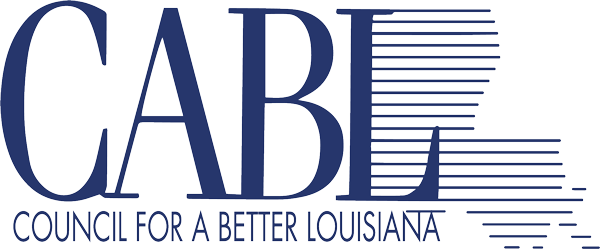
For decades Louisiana high schools have faced major challenges. We were losing too many students, the percentage of students who needed remedial help when they got to college was hovering close to 40-percent, and we had large numbers of students enrolled in college who never graduated or took more than the normal 4-6 years to earn their degree.
Today, we still face many of those same challenges, but there has been some good news on that front that is worth noting.
- Over the last several years our high school graduation rates have seen steady increases.
- Record numbers of students have received credit-qualifying scores on Advanced Placement exams.
- And despite a dip in 2018, ACT scores and the number of students deemed college-ready have generally been on the rise.
Yet, Louisiana still suffers from overall low education attainment rates. In recent years, state policy makers have been looking at the high school-to college-to career transition in much the same way and have focused a great deal of attention on accelerating the growth in high school graduation rates and increasing the number of students with a college degree or a credential that will lead to a high-quality job. Among the key strategies they have enlisted for accomplishing those goals have been things like:
- Aligning the state’s core high school graduation requirements with TOPS eligibility
- Improving the state’s career diploma and tying it to a highly-regarded program called Jump Start
- Placing an overall higher focus on motivating students to begin the process of earning college credit or some kind of quality post-secondary credential while still in high school.
All of these things have begun to pay real dividends for students who now find themselves with more college and career options in high school than ever before.
Maximizing the senior year of high school for all students and encouraging them to earn an Industry-Based Certification (IBC) or college credit is an important area worthy of attention from state policy makers. But it is also a complicated one and unfortunately, there are not a lot of easy solutions to this issue.
Adequate funding is certainly a part of it, but so is the way districts choose to use the funding that they have and the ways they prioritize it. Because of the flexibility given to them, the picture of dual enrollment across Louisiana is a patchwork where access to college level courses or career training is to a large degree a function of where you live.
Yet the benefits to students are universal. Research shows that dual enrollment leads to higher college enrollment, retention, and graduation rates. Opportunities to earn meaningful IBCs enhance the high school learning experience, and better prepare students for the workplace and careers.
Given our historically low educational attainment rates in Louisiana, anything that increases opportunities for students to advance themselves with some kind of post-secondary education or training should be a state priority. The fact that the opportunities we do have often come with roadblocks for economically disadvantaged students makes the need to address this issue all the more urgent.
Some of these issues are complicated. But that doesn’t excuse us from the obligation to look at the obstacles that are presented, make it a focus of policy makers to remove as many barriers as we can, and approach the problems we face in a way that is centered on students and the goal of giving them the best possible chance to succeed.
